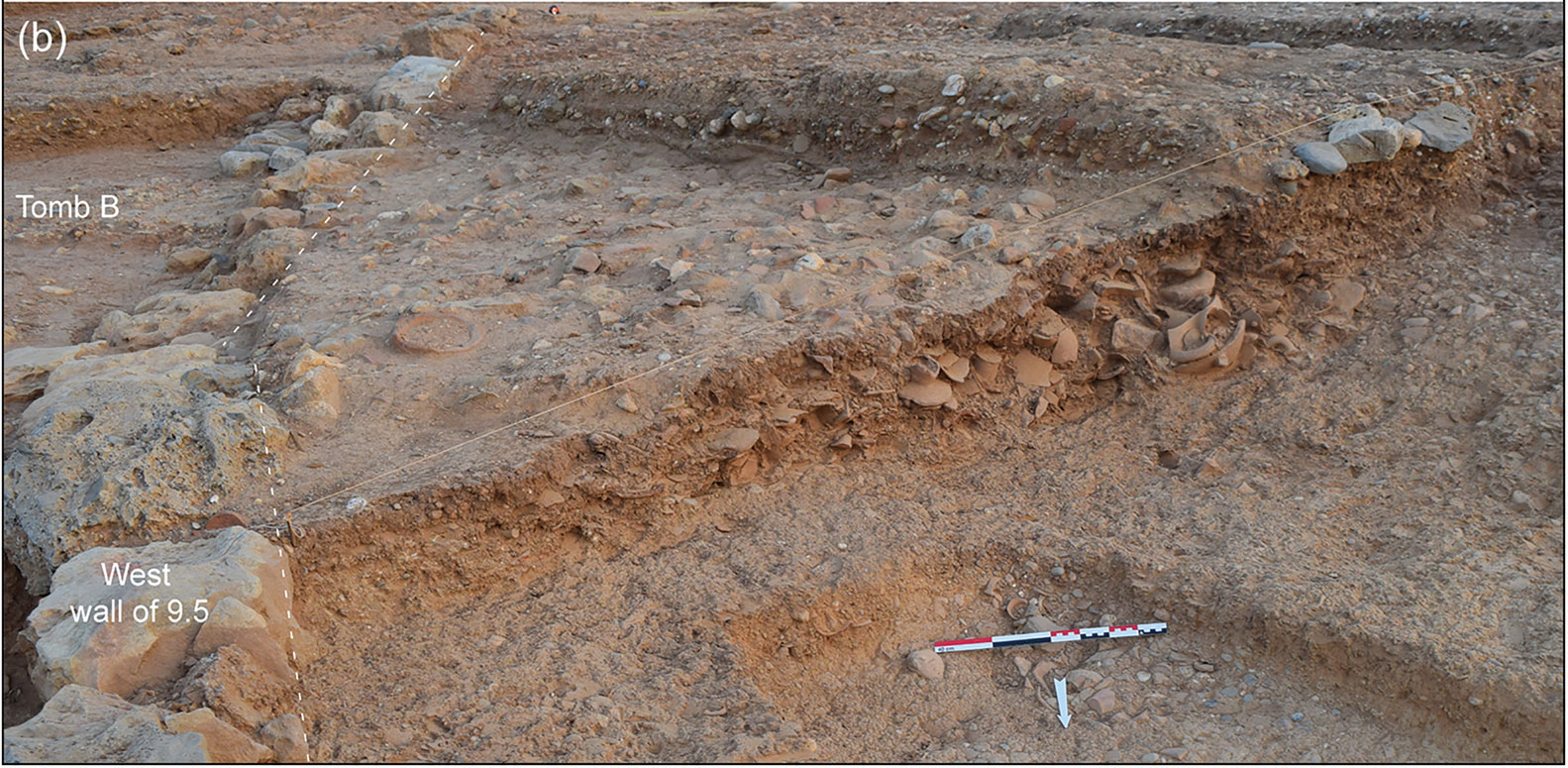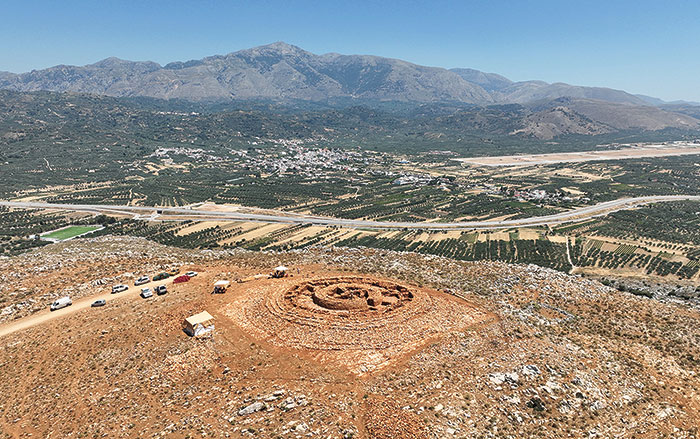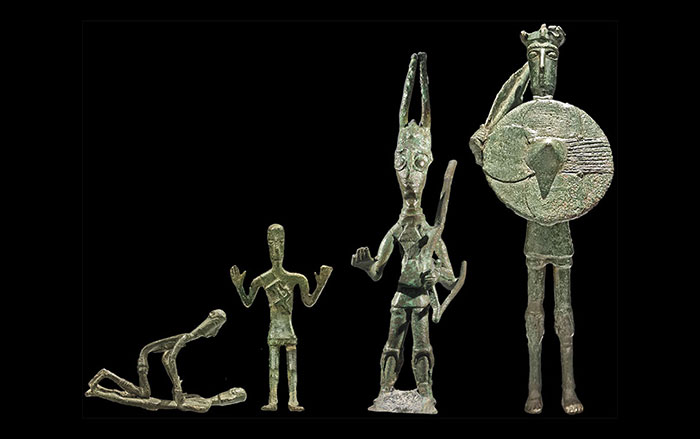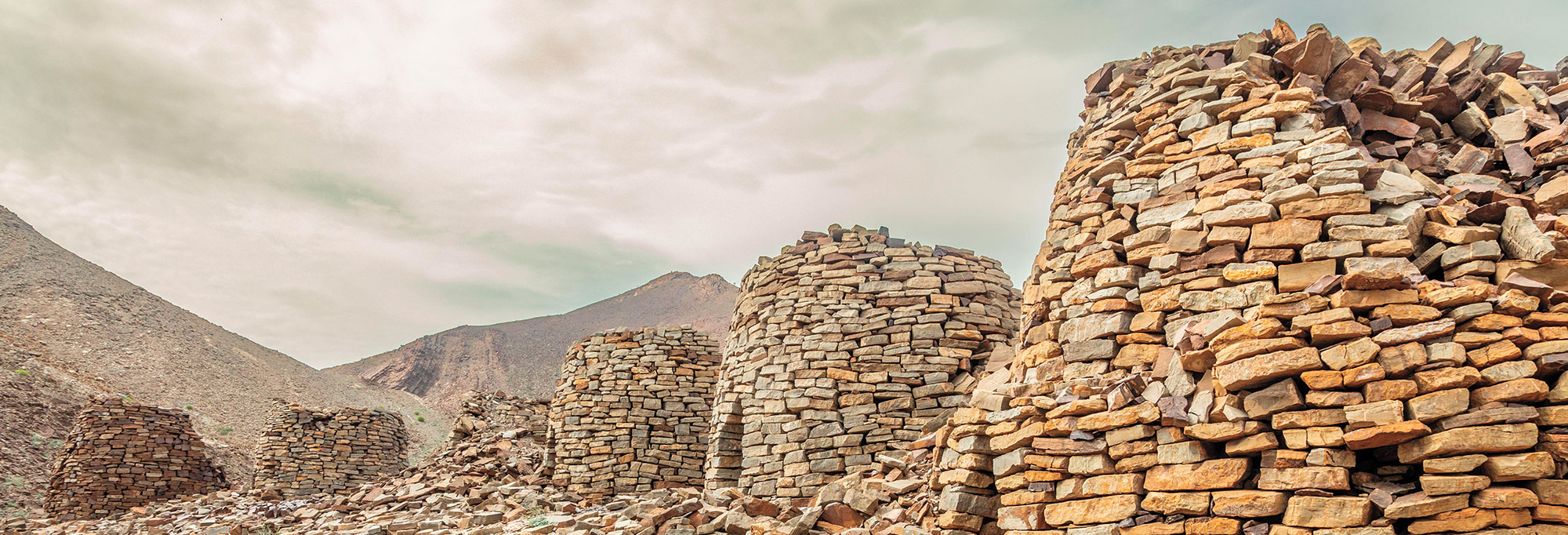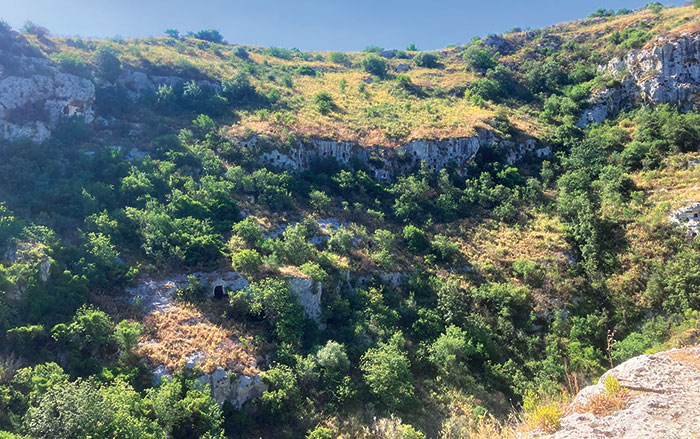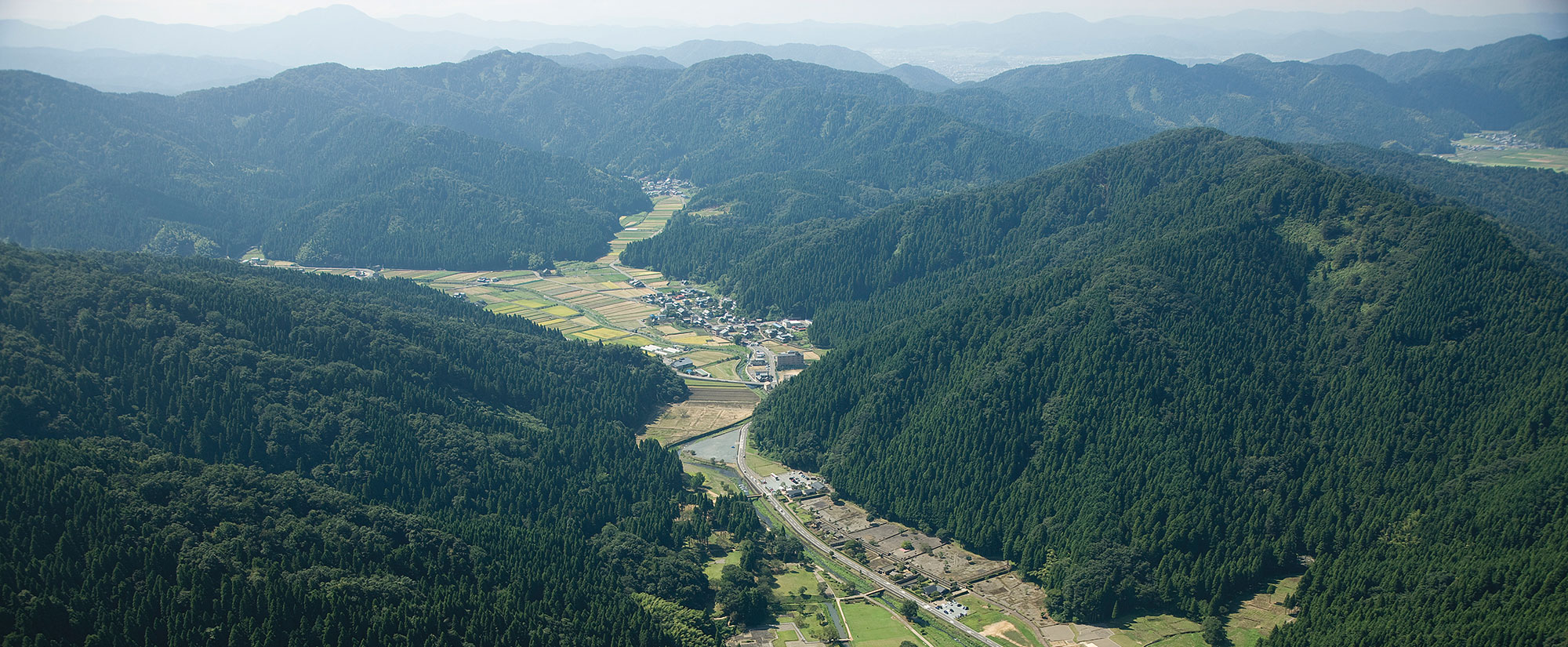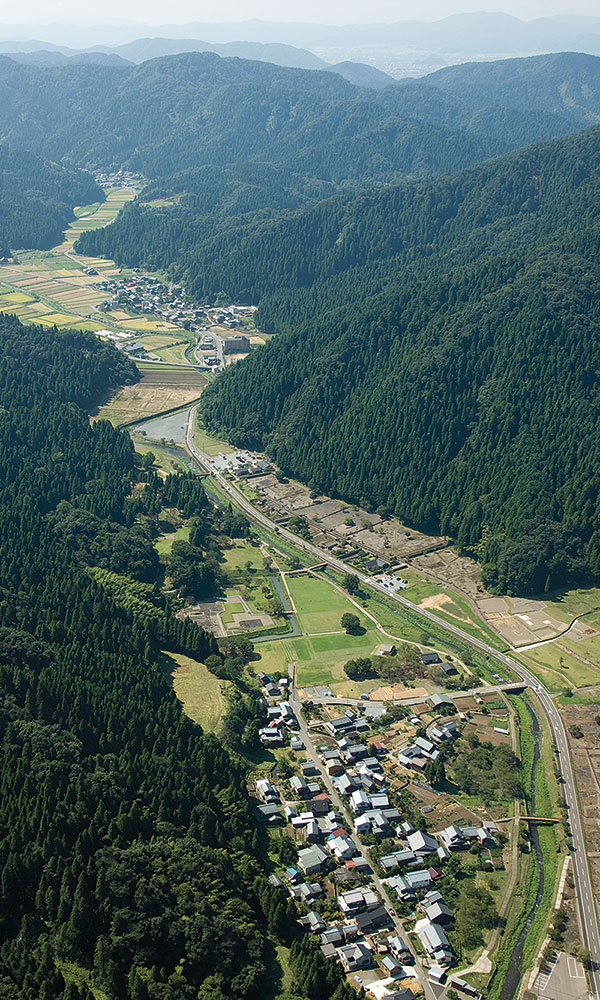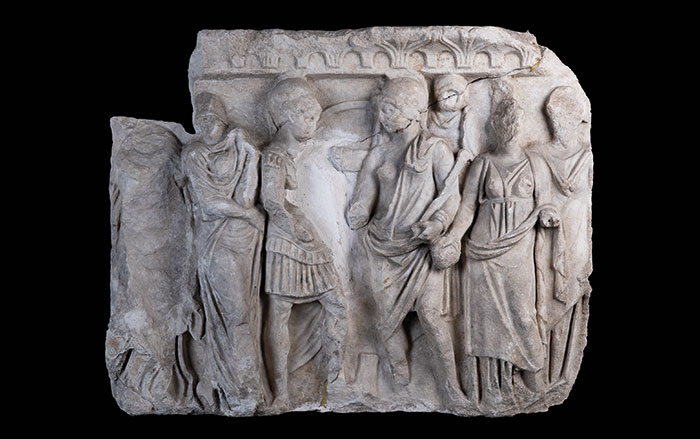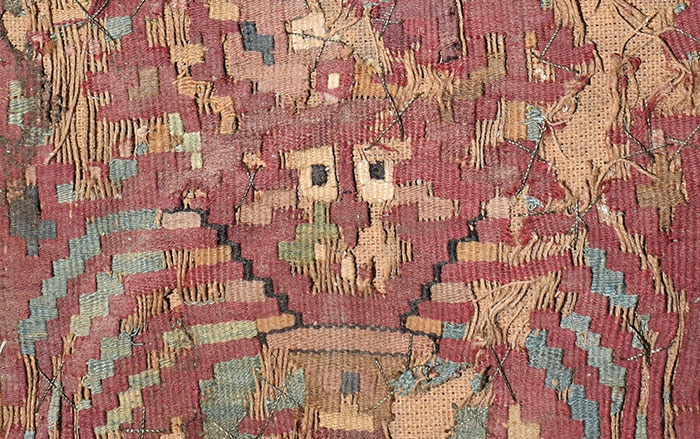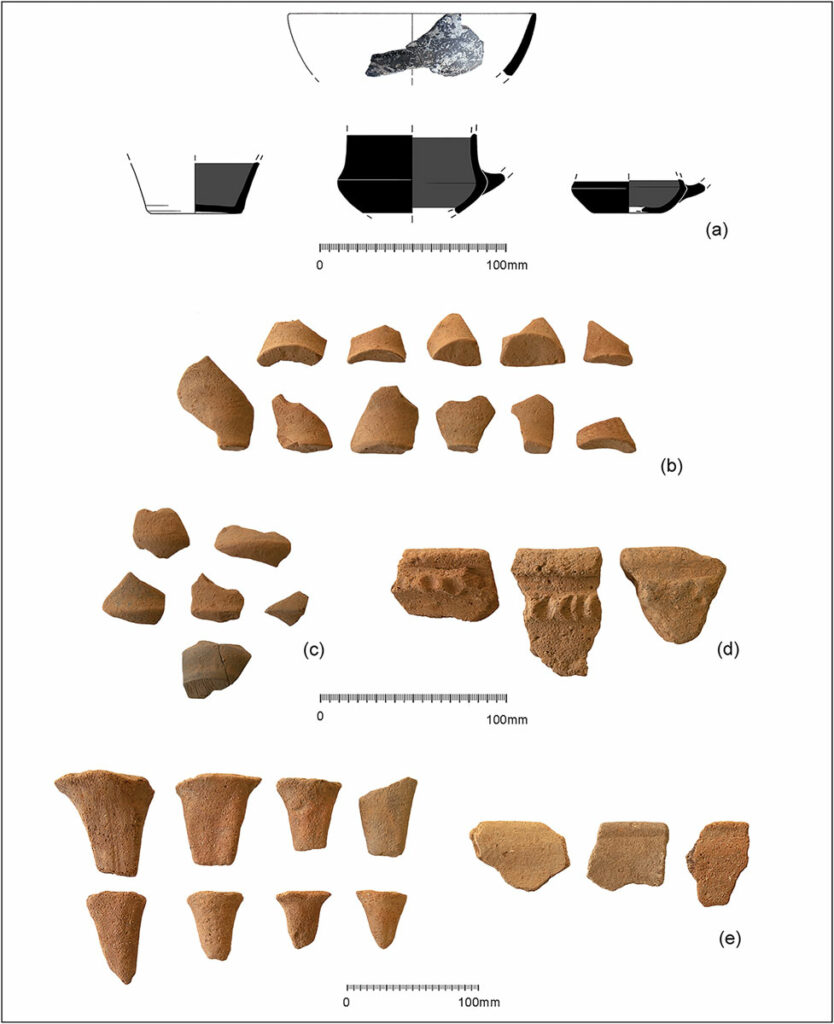
SISSI, CRETE—For generations, ancient Minoans living on the island of Crete buried their dead in communal tombs. Sometimes these cemeteries were gradually abandoned over time. According to the Greek Reporter, one such necropolis in what is known as Zone 9 at the coastal settlement of Sissi, just east of the Bronze Age palace of Malia, was dramatically closed down during a curious ceremony that occurred around 3,700 years ago. Archaeologists found evidence that suggests the tombs were intentionally demolished, the ground was leveled, and the site was sealed by a layer of soil and stones. Additionally, the community celebrated this event with a large feast. Just west of the cemetery, the researchers found 13,000 fragments of broken cups, bowls, and cooking pots that had been used during a great ritual banquet associated with the end of the cemetery’s use. This event took place during a period of major transformation on Crete, when communities were shifting from kin-based social structures to more centralized systems of power epitomized by the building of large palaces. Collective tombs, long tied to family identity, were losing their role as the center of ritual life. The “killing” of these tombs is believed to have been a symbolic act that marked the end of an old era and the beginning of a new one. Read the original scholarly article about this research in Antiquity. To read more about religious life at Sissi, go to "Cretan Coastal Rites."


